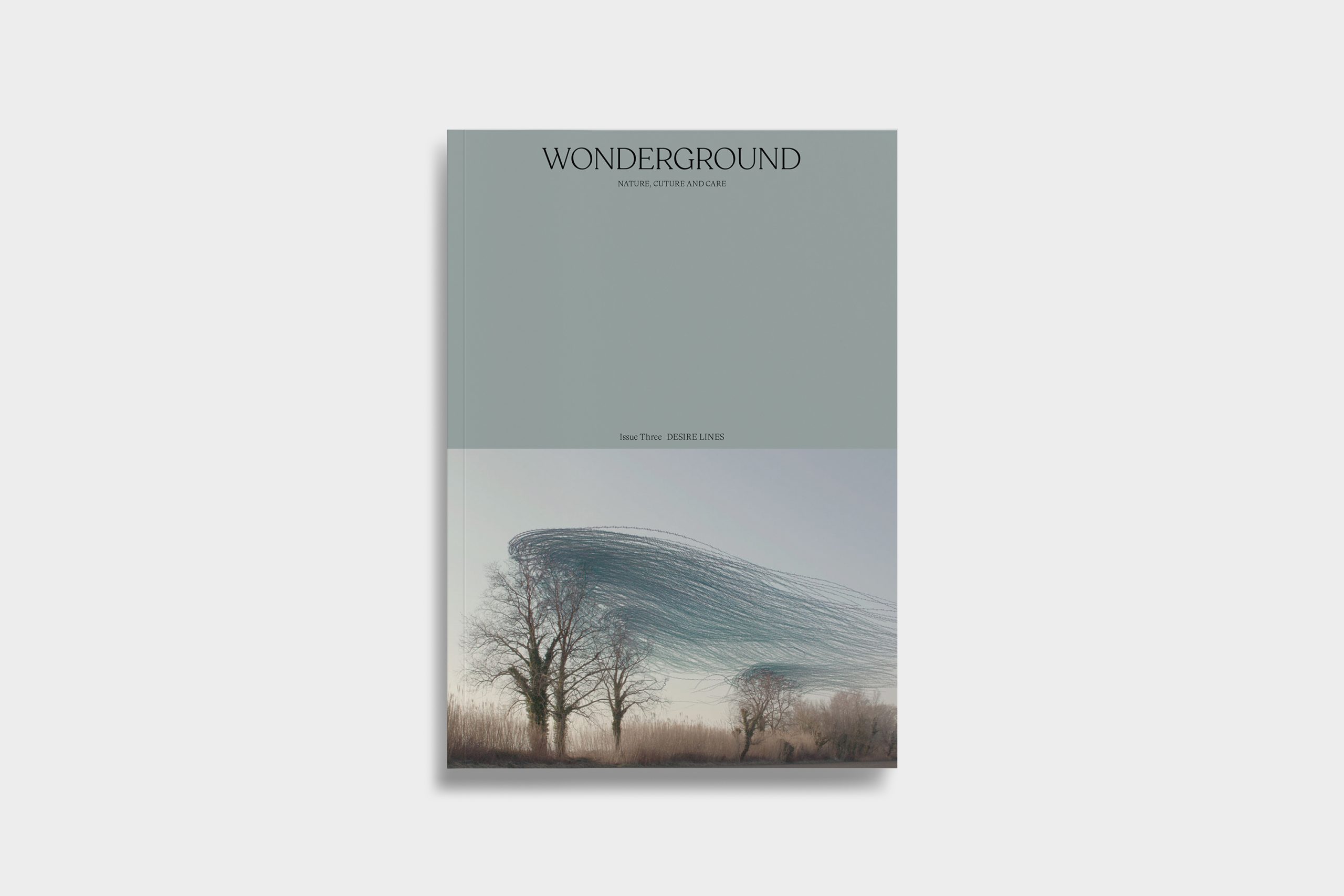A Forestless Path

- Words by
- Courtney Adamson
- Images by
- Courtney Adamson
Allemansrätten: The right of all people in Sweden to roam freely in nature on both public and private land, with few exceptions.
I LIVE IN THE COUNTRYSIDE south of Stockholm, in a small red cottage surrounded by production forests and a network of gravel access roads. In the past, when walking along these roads, I passed through a section of spruce forest on my return home. I remember standing at the edge of the forest, looking in. The long, bowed spruce branches linking the trees together like closed curtains. The forest’s darkness was deep, a place to wade, rather than walk, through.
I slowly became familiar with the forest, finding a small path that others had trodden into existence. I don’t know how long it has existed. The spruce here is generally felled at sixty to eighty years old. Perhaps the path is as old, perhaps older. My partner and I moved away from Sweden for some years. On returning home, I saw that the spruce forest had come of age and been felled. I didn’t fully understand the term ‘production forest’ until I experienced a harvest. Trees picked and piled high like matchsticks, peeled effortlessly from the landscape. Understorey vegetation ploughed to promote the release of nutrients for new saplings. Everything suddenly missing or misplaced.
The forest was soon replanted, lines of spruce saplings criss-crossing the empty landscape. Due to drought, many of the new trees died. The once green and moist forest understorey transformed into papery and dishevelled scrub in tones of fire and mustard. The exposed and machine-trodden landscape became completely disconnected from my memory of the spruce forest. At times, I wonder whether I walked through a forest at all.
THERE’S A PRACTICE IN SWEDEN of marking certain paths and historically significant places with tree stumps when a production forest is cut down. The path I once walked along through the spruce forest is now marked by metre-high stubs standing in a forestless landscape. The cemetery metaphor is not lost on me.
I had always thought of the path as the means by which I moved through the forest. That once the forest was gone, I would no longer have a use for it. But my walks have continued. I have, inexplicably, fallen in love with path-sans-forest.
I thought it was the trees and their romance that bound me to the landscape. Yet it is the forestless path that calls me back.
The felled-forest landscape is a desecrated place. I don’t return to it because it makes me feel good or well. Rather, the landscape teaches me things. I learn the feeling of the Swedish word vemod, meaning melancholy, when observing the few solitary trees left behind. As I walk along the path without its forest – a soft wrinkle in a now-harsh landscape – I understand what it means for something to be vemodigt, melancholic or sorrowful, and yet beautiful at the same time.

Along the path grows a scrawny birch tree I’ve come to know well. It once made me think of my father in Australia. I often walk past the birch, take a photo, and send it to him. Without protection from fellow trees and exposed to wind, the tree now leans against a boulder at its base, its roots exposed. It started to fall three years ago, and it continues its descent today. Every time I anticipate passing the tree, I wonder if I might finally find it resting on the ground. In a deep, irrational place in my body, the tree’s fall will mean something in my life and the life of my father.
Over time, I have begun to understand more about the path and why I continue to walk it. Quite simply, I have developed a relationship with it. I once knew it as a forest path, shaded by a dense coniferous canopy. Now it shows me what the absence of a forest feels like. As I stand on its surface – slowly turning a full circle to absorb the opened land – I am, like the forestless path, a forestless person. The light is harsh, I feel bare, and want nothing more than the protection of a dense canopy.
Slow changes in the landscape reassure me of the silent force with which nature regenerates. Following the drought and the loss of the planted young spruce, other species are establishing in their place. Red elderberry has been seeded by the birds, young birches stand in the company of alder, willow, aspen, pine and the odd juniper. Raspberry bushes, bracken, flowering plants and grasses in all shapes and shades dress the ground at their feet. The path is no longer forestless.
We expect that our experiences in nature will always be good and beautiful. We use romantic terms like ‘forest bathing’ as if the trees are simply there to catch, cradle and cleanse us. But our experiences cannot only be good and beautiful, for our relationship with nature is not that simple. The forestless path is not a beautiful thing, but I wouldn’t know what I know about the forest without walking it.








